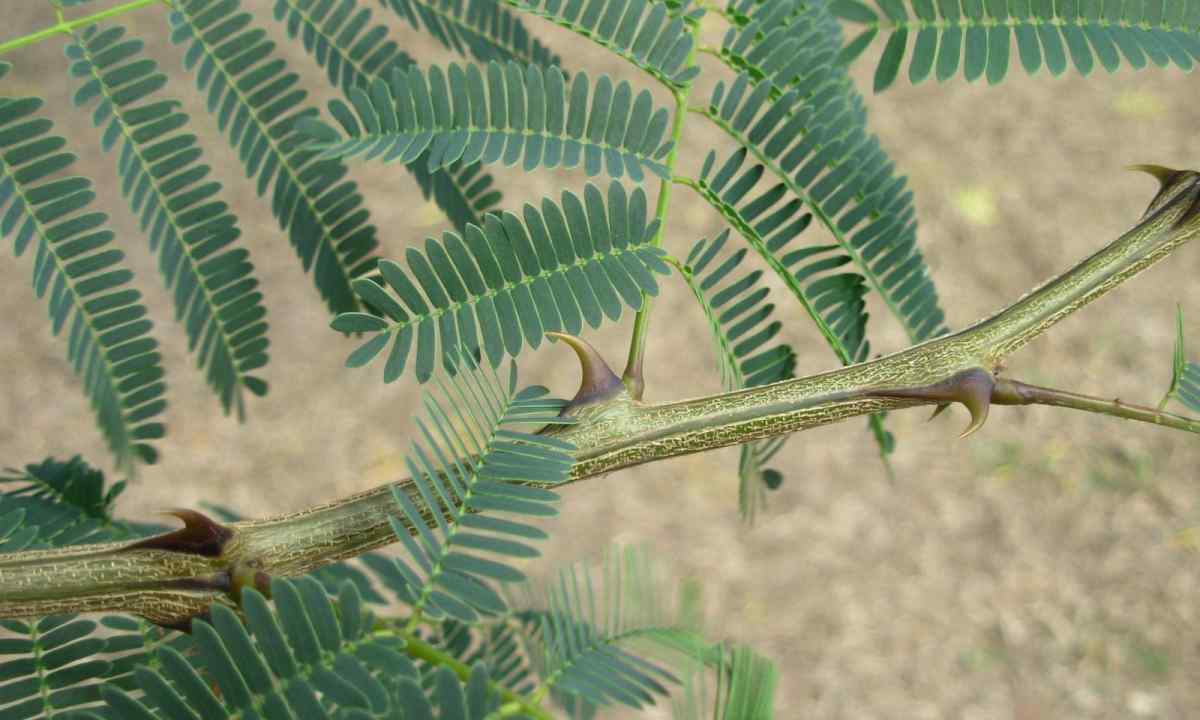The question why the Australian acacia has no prickles, is especially interesting to summer residents and gardeners. It is much more pleasant to look after plant without prickles and it is safer. And this species of tree becomes especially popular on March 8. Inflorescences of the Australian acacia are... banal mimosa.
Beginning to part own front garden, owners of the parcels give preference to unpretentious plants in leaving, and our "native" acacias are armed with thorns. Of course, prickles on these trees do them less attractive. And the Australian acacia has no thorns. The thing is that summer residents often confuse plants, carry them to one sort, and they actually relatives are not. So, the "acacias" growing in our corner of the world those are not at all. At us grow karagana treelike and robiniya pseudo-acacia. Their inflorescences, really, very much remind acacia, but they belong to absolutely other childbirth. That is why they have prickles, and the Australian acacia them is deprived. It is feature of each of childbirth. The Australian acacia is not grassy plant and even not bush, but the most real tree. On open spaces of the homeland, Australia, she grows up in magnificent plant with sprawling krone. Plant this evergreen, and flowers – to all of us familiar branches of mimosa – yellow or yellowish-green. The plant very much was pleasant to the Europeans who have visited Australia. They have also extended plant worldwide. However, initial admiration soon was replaced by destruction of plants as the acacia was independently settled by self-sowing, especially in latitudes most favorable for this purpose. So it happened in South Africa when the Australian acacia has too widely extended. In Europe the Australian acacia is grown up too, it is very attractive to gardeners as it for the third year begins to blossom, and from fourth year of growth already and fructifies. The period of blossoming falls on the middle of February when Europe celebrates St. Valentine's Day. For it have also nicknamed acacia spring flower. And to us it comes with spring – by holiday on March 8.
